Island-hopping travel leaves travelers with a hard choice: an all-inclusive cruise vacation or an independent island-hopping vacation. Sure, both deliver those Instagram-worthy beaches and sunsets, but the travel experience couldn’t be more different.
Below is a list of 20 factors to consider when choosing a cruise ship vacation or independent island hopping for your next beach vacation.
Planning Difficulty

Cruise ships handle just about everything after you step aboard – no worrying about how you’ll get from one island to the next, where you’ll sleep, or what you’ll eat tomorrow night. One decision, and you’re done. Island hopping?
Prepare for ferry schedules that don’t appear logical, multiple hotel bookings, and constant calculations of how to get from point A to point B. For some visitors, this planning is half the enjoyment – for others, it’s a spreadsheet and confirmation email headache.
Cost Predictability

On cruises, you’ll know roughly what you’re paying – mostly upfront. Your accommodation, transport between ports, and basic meals are all included in one predictable expense.
Island hopping has budget surprises lurking around every bend – that perfect beachside bungalow costs twice what you planned, the ferry just added a ‘high season’ surcharge, or the sole local eatery in town charges resort prices. Budget-minded independent travelers might spend less overall.
Like Travel Pug’s content? Follow us on MSN.
Local Economic Impact
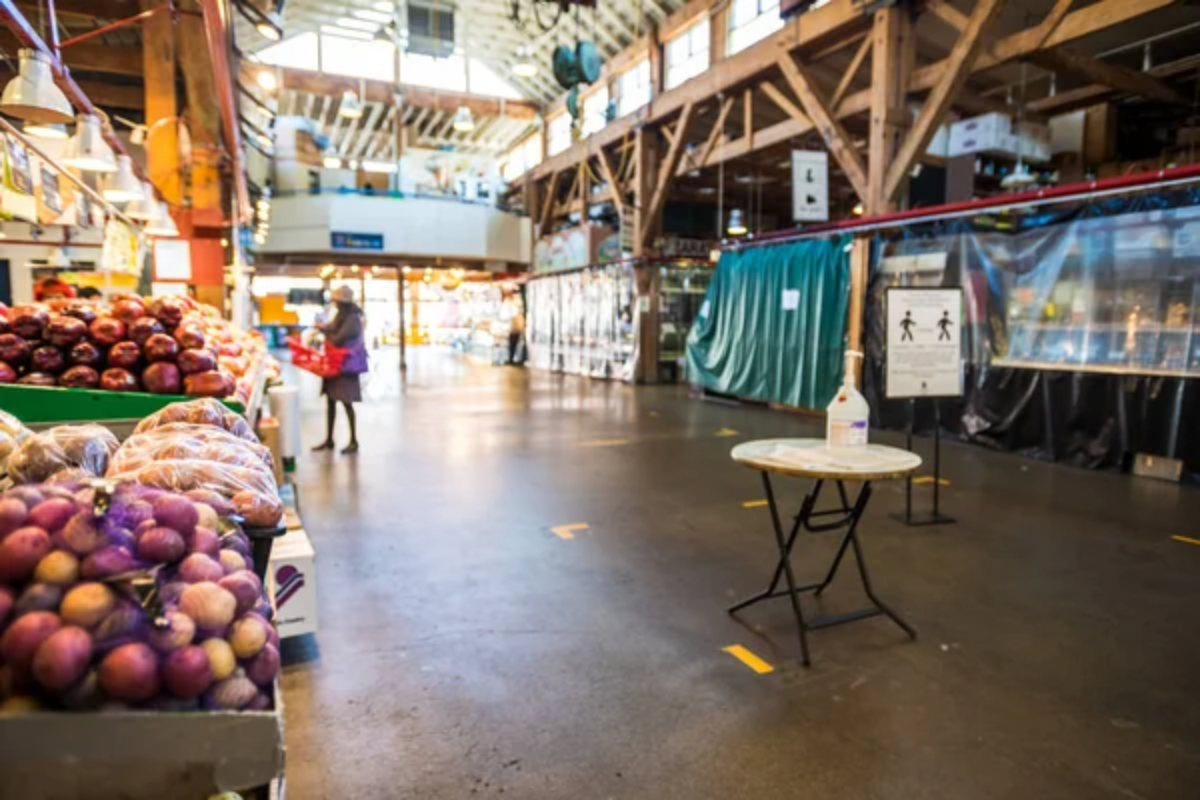
Where your holiday dollars ultimately go differs dramatically between these options. Cruise passengers direct approximately 85% of their total vacation budget directly to the cruise line—not local economies.
Most port stops offer minimal local spending during brief 6-8-hour visits. Island hoppers disperse funds throughout the local economy—from family-run guest houses to independent restaurants, local guides, and transportation providers.
This is of considerable importance to tourists who are concerned about tourism’s actual contribution to destinations visited.
Unpredictable Weather Response

When storms brew, cruise ships merely change course – sometimes skipping planned stops entirely. Disappointing? Maybe – but at least you’re not stranded.
Island hoppers face genuine dilemmas when the weather turns foul – ferries don’t run, flights are canceled, and next thing you know, that three-day stay becomes a week. Independent travelers need buffer days and contingency plans that cruise travelers never need to consider.
The cruise industry’s sophisticated weather monitoring provides a degree of safety that independent travelers can only dream about.
Cultural Immersion Level

Do you really ‘experience’ an island during an 8-hour cruise stop? Probably not. Those abbreviated port visits truncate cultural interactions into surface-level interactions during peak tourist season, when residents actively cater to day-trippers.
Island hoppers who spend several nights in each destination witness nighttime community gatherings, develop connections with locals, and get a glimpse of authentic daily life beyond the souvenir shops. Nothing reveals a destination’s character like being there after the cruise ships depart.
Like Travel Pug’s content? Follow us on MSN.
Schedule Flexibility
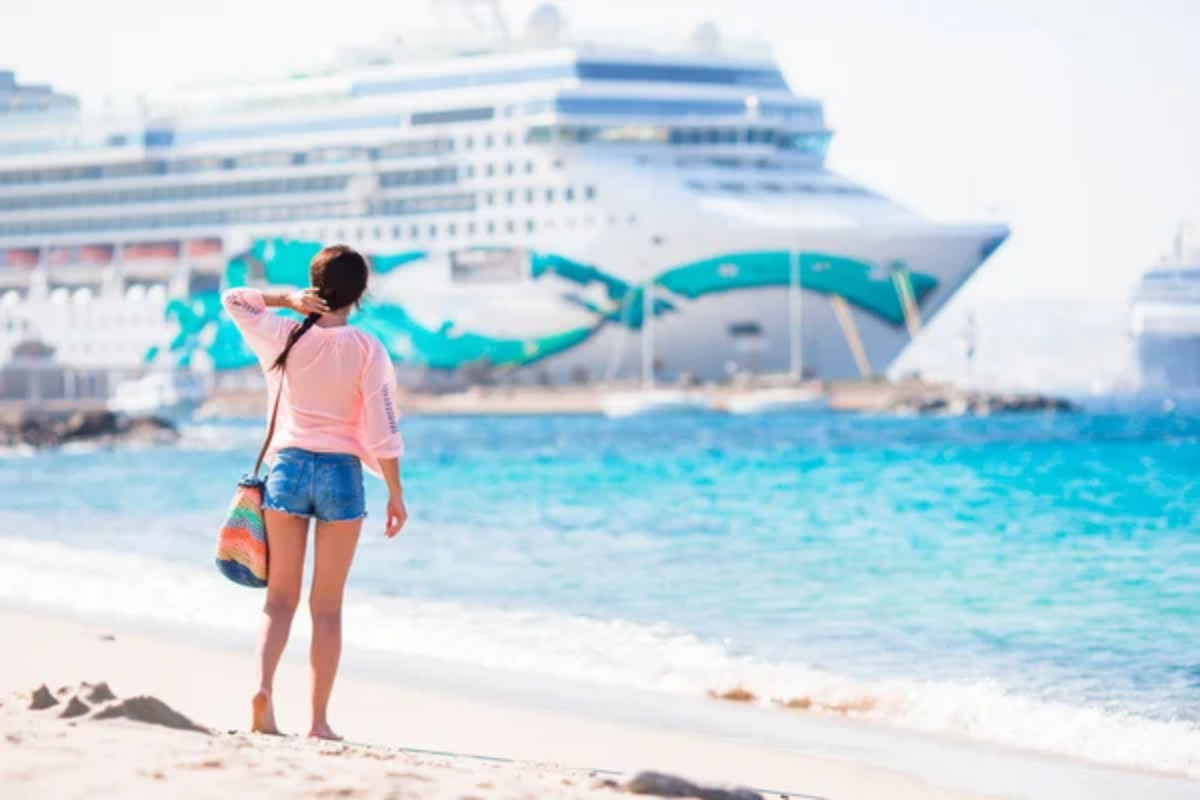
Schedules on cruises are military precise – regardless of how much you’re enjoying a particular port. That 5:00 PM sail-away time doesn’t care if you’ve discovered the perfect beach or made friends with locals. Miss the ship?
Hope you have your passport and credit card with you. Island hopping allows visitors to spend more time in preferred spots, modify itineraries according to local advice, or attend festivals and events on a spur-of-the-moment basis after arrival.
It is this basic distinction that influences the entire character of the ensuing travel experience.
Food Authenticity
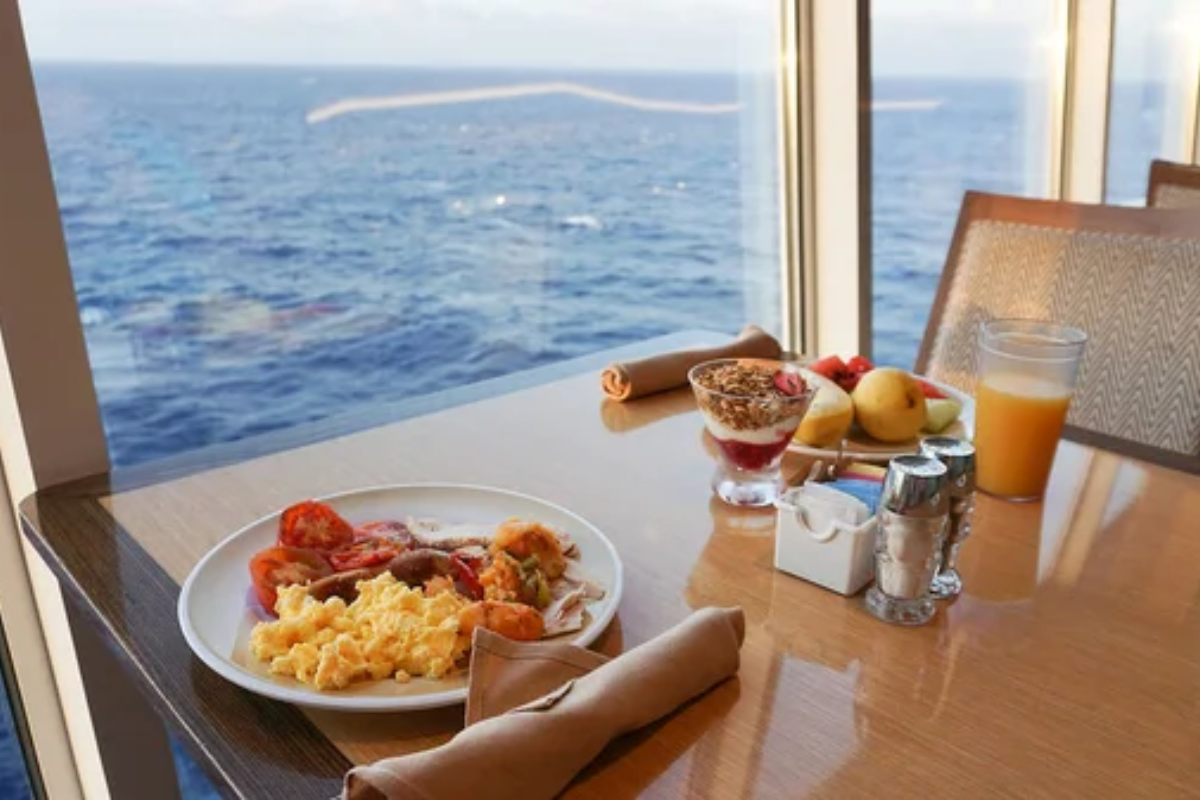
Cruise dining is a matter of variety and consistency – with most visitors taking most meals onboard, not in port. Though cruise cuisine has increased by leaps and bounds, it rarely mirrors native cooking traditions.
Island hoppers eat where islanders eat – from casual beach barbecues to family kitchens offering recipes generations old. The dining differences alone might determine which travel method is more suitable, especially for food-driven travelers seeking gastronomic discovery with their sun.
Environmental Footprint
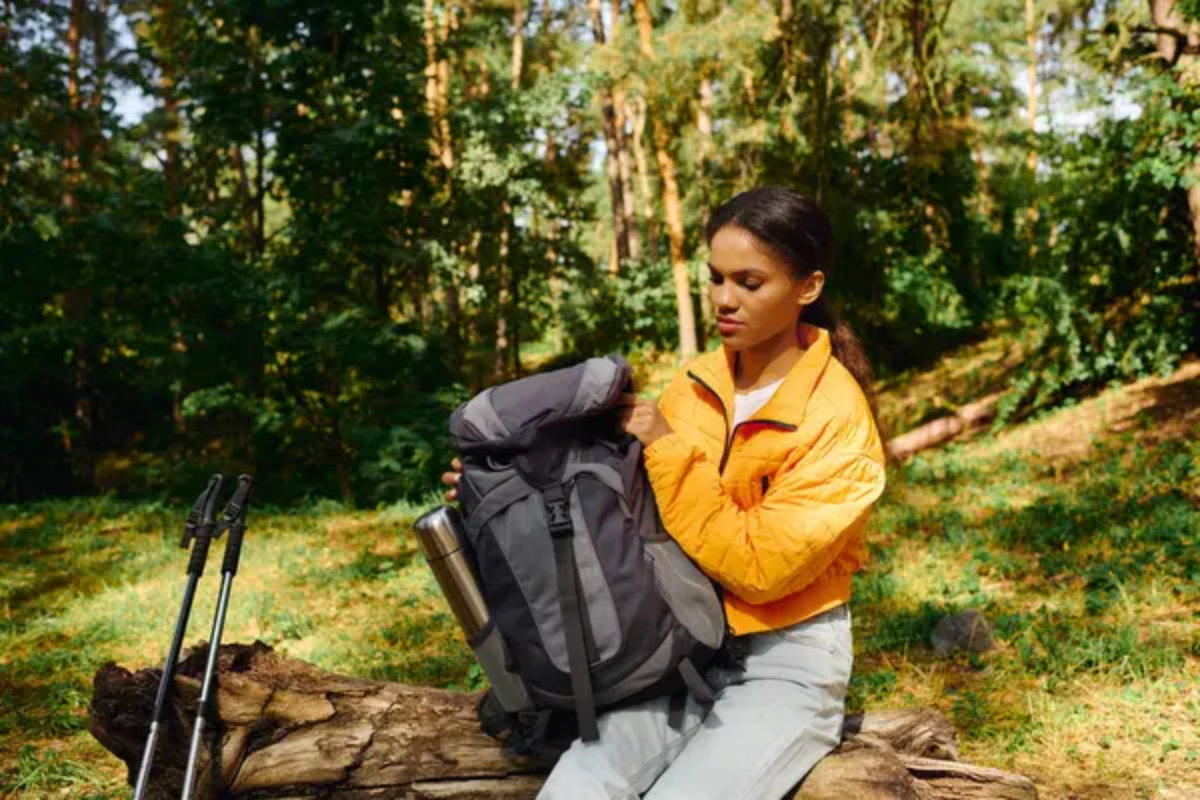
The environmental arithmetic is stark in its contrasts. Large cruises generate enormous emissions – a single vessel can emit more air pollution than millions of cars in a day – and produce waste streams that sometimes overwhelm port facilities. They also concentrate thousands of visitors at a time, stressing small-island facilities.
Island hoppers have smaller personal footprints, though several flights between sites have high carbon costs. Environmentally conscious travelers can minimize impact by staying longer on fewer islands – an option not available in the conventional cruise format.
Like Travel Pug’s content? Follow us on MSN.
Activity Authenticity
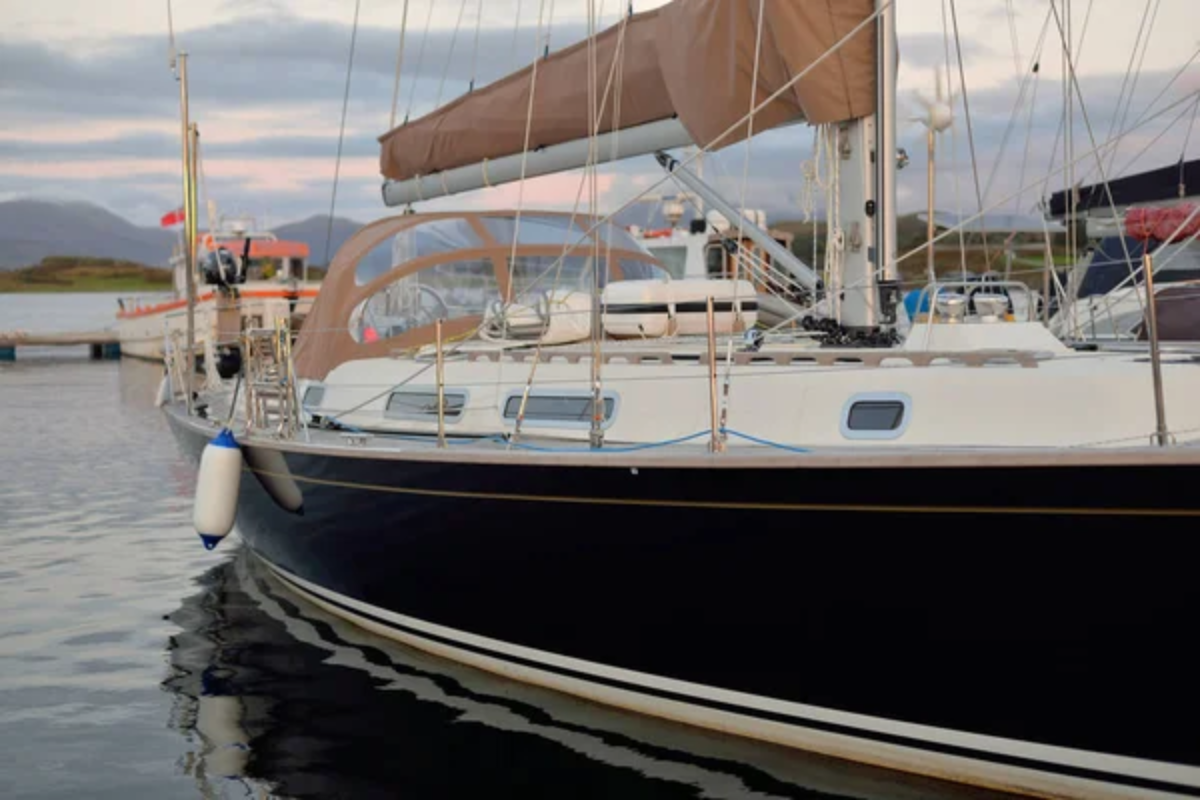
Cruise tours inevitably steer hundreds of passengers toward standardized activities that are streamlined for efficiency rather than depth. Island hoppers have the opportunity to partake in less commercialized activities based on local recommendations and serendipitous encounters.
The ability to attend local events, work the timing to encounter smaller crowds, and directly interact with local guides leads to more intimate experiences. Independent travelers, by definition, venture beyond established tourist tracks simply because they can move outside of the highlighted attractions that cruise tours prefer.
Sleep Quality Variables

Cruise ships provide predictable accommodation regardless of destination – even if some travelers experience issues with motion sensitivity or noise from neighboring cabins and entertainment venues. Island hopping provides very variable sleeping conditions – from luxurious beachfront villas to basic guesthouses where roosters give the wake-up call.
Having the ability to select each property based on personal preferences is very important to travelers with particular requirements for mattress quality, ambient noise, or type of accommodation.
Island Access Range

Cruise ship schedules visit larger islands with established ports that can accept gigantic ships. Island hoppers visit out-of-the-way spots where commercial cruise ships simply don’t go – accessing untouched areas with exponentially fewer visitors. This has a significant impact in regions where smaller, less-developed islands have activities that are completely different from their more commercialized counterparts.
Some of the most memorable island escapes remain accessible only to solo travelers who are prepared to take that extra ferry or puddle-jumper flight.
Like Travel Pug’s content? Follow us on MSN.
Connection With Fellow Travelers
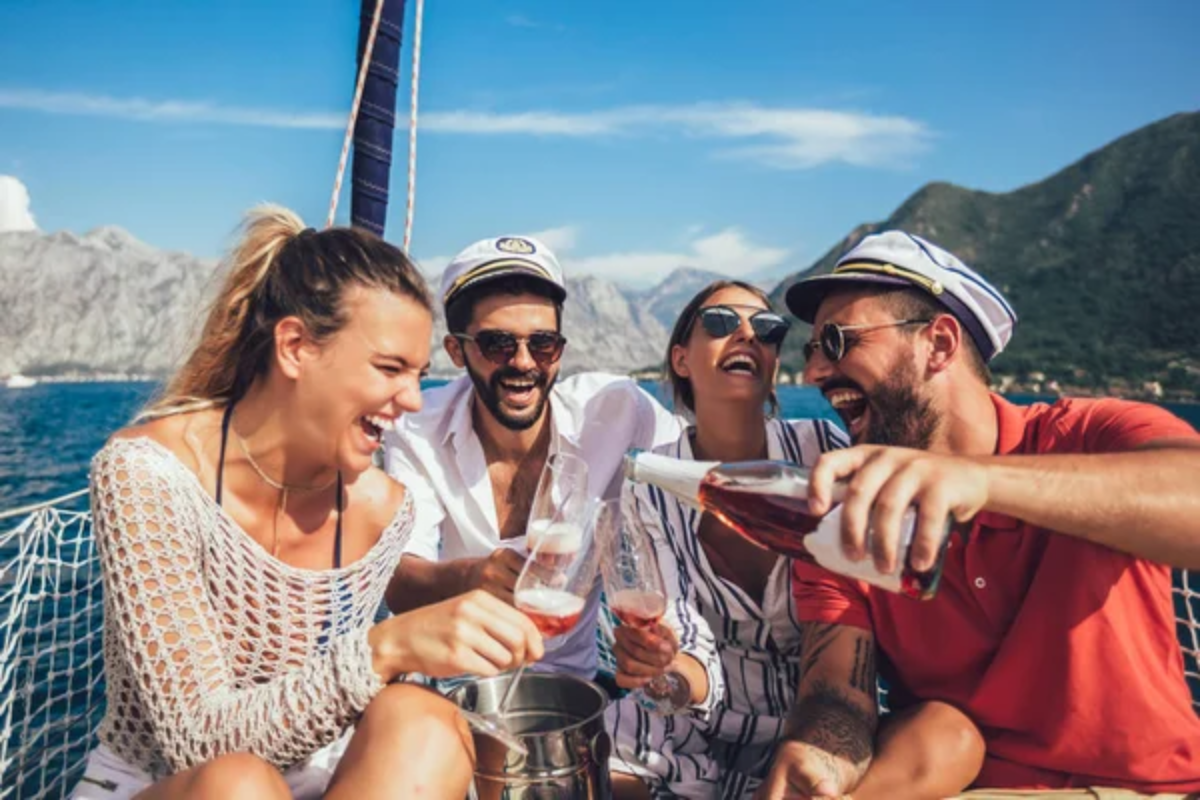
Cruise ships create floating communities where visitors form friendships through multiple interactions in meals, pools, and activities. These friendships often endure long after the vacation. Island hopping offers shorter duration contact with a greater diversity of fellow tourists but a greater opportunity to interact with locals and expatriates.
Social tourists may appreciate the cruise ship’s set community, while independent travelers prefer the diverse, less structured social contact of island hopping.
Health Vulnerability

Ships trap thousands of tourists together in public spaces with common dining, entertainment, and ventilation systems – a setup for exposure to outbreaks of sickness when procedures are not followed. Island hopping disperses tourists across assorted accommodations with generally fewer common facilities and tight gatherings of people.
Health-conscious travelers must weigh these differing risk profiles, made more prominent by the pandemic’s emphasis on the transmission of communicable diseases in travel settings.
Nightlife Experience
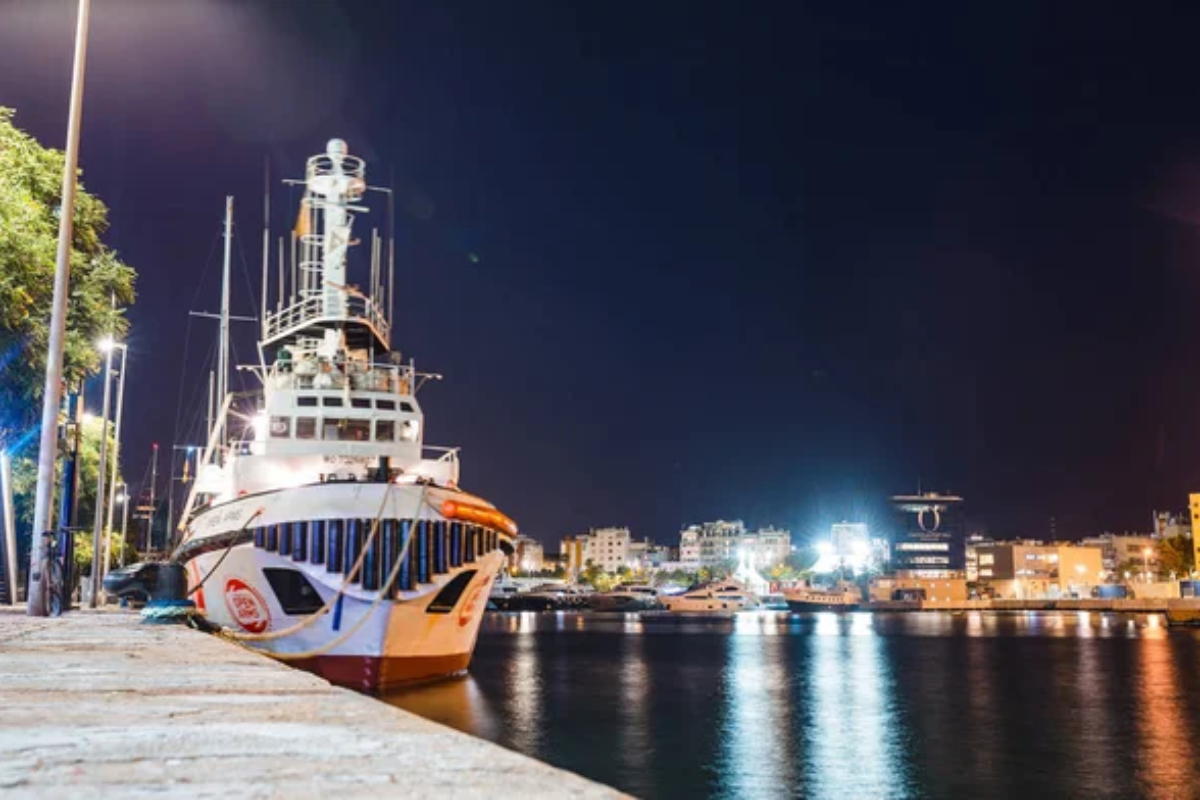
Cruise ships provide identical nighttime amusement regardless of port of call—from casinos, nightclubs, and Broadway-style shows to lounges—without having to concern themselves with afterward transportation. Island hoppers experience authentic local nightlife that varies extremely from one destination to another—from animated beach parties to sleepy villages where everything closes down by 9 PM.
This kind of nightlife variation adds authenticity but requires adjustment to each island’s specific night culture.
Like Travel Pug’s content? Follow us on MSN.
Photography Opportunities
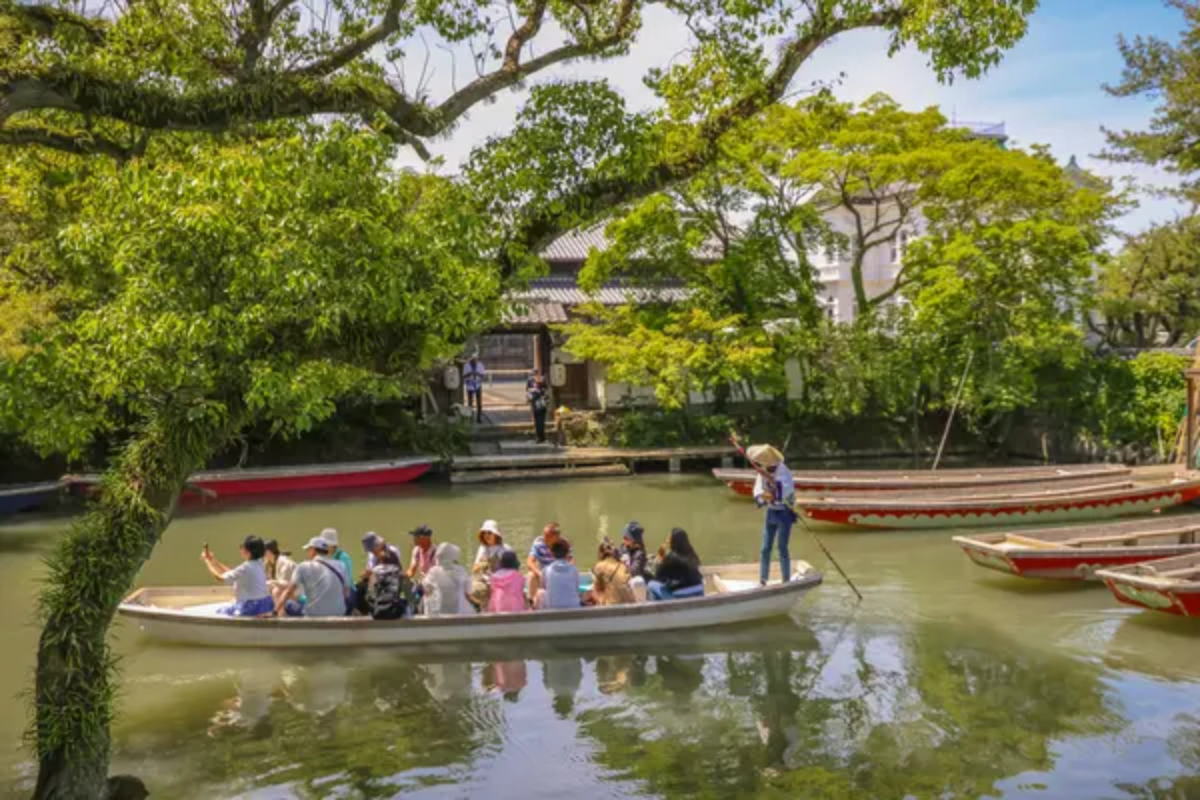
Shutterbugs face different opportunities with each approach. Cruise schedules work to place ships in port during the unattractive midday sun, with brief shore windows intruding on golden hour photography time. Island hoppers are masters of their schedules, photographing sunrise and sunset where they wish and returning to photogenic locations at more auspicious times.
The ability to revisit locations at different times provides a huge advantage for serious photographers to shoot quality images beyond the usual tourist photos.
Physical Accessibility
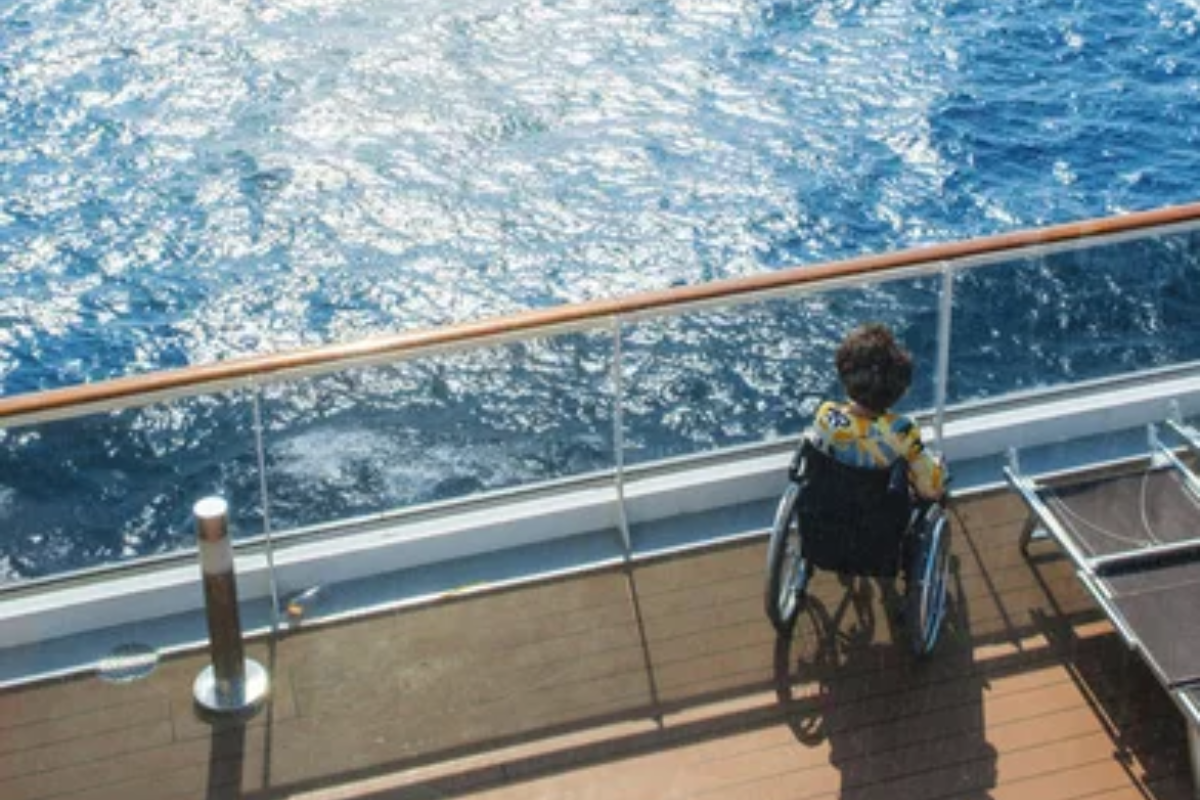
Cruise ships are far more adept at managing vacationers with physical disabilities, with elevator-equipped ships and accessible guided shore excursions. Island hopping is far more challenging for those with physical disabilities – from navigating ferry gangways to visiting islands with few infrastructure accommodations and locating acceptable accommodations.
This difference in accessibility remains critically important to those with mobility concerns or those who travel with elderly family members.
Belongings Management
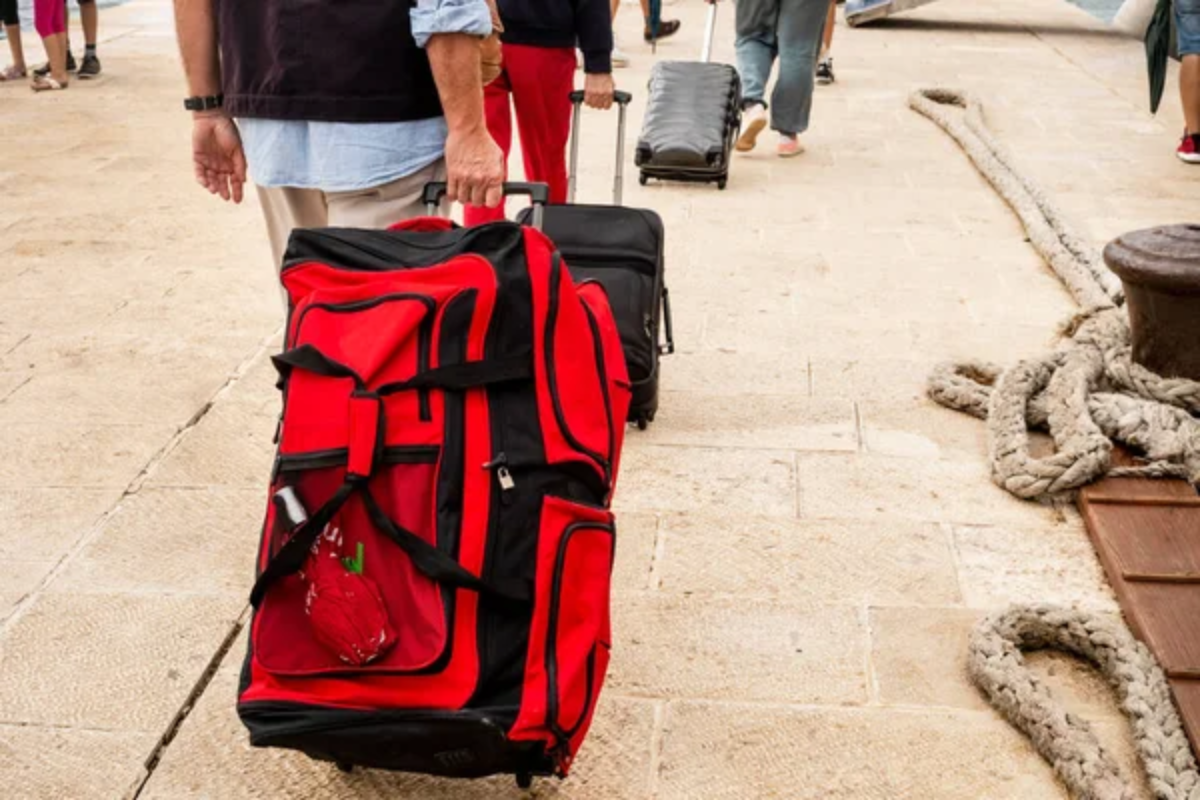
Cruise cabins provide the stability of a home base where belongings are secure while traveling to multiple destinations. Island hoppers unpack and repack multiple times, managing possessions during transportation changes and often making difficult decisions on what to carry along and what to leave in hotel storage.
This logistical difference significantly influences packing strategies and overall hassle factor, especially for extended multi-destination vacations.
Like Travel Pug’s content? Follow us on MSN.
Off-Season Experiences
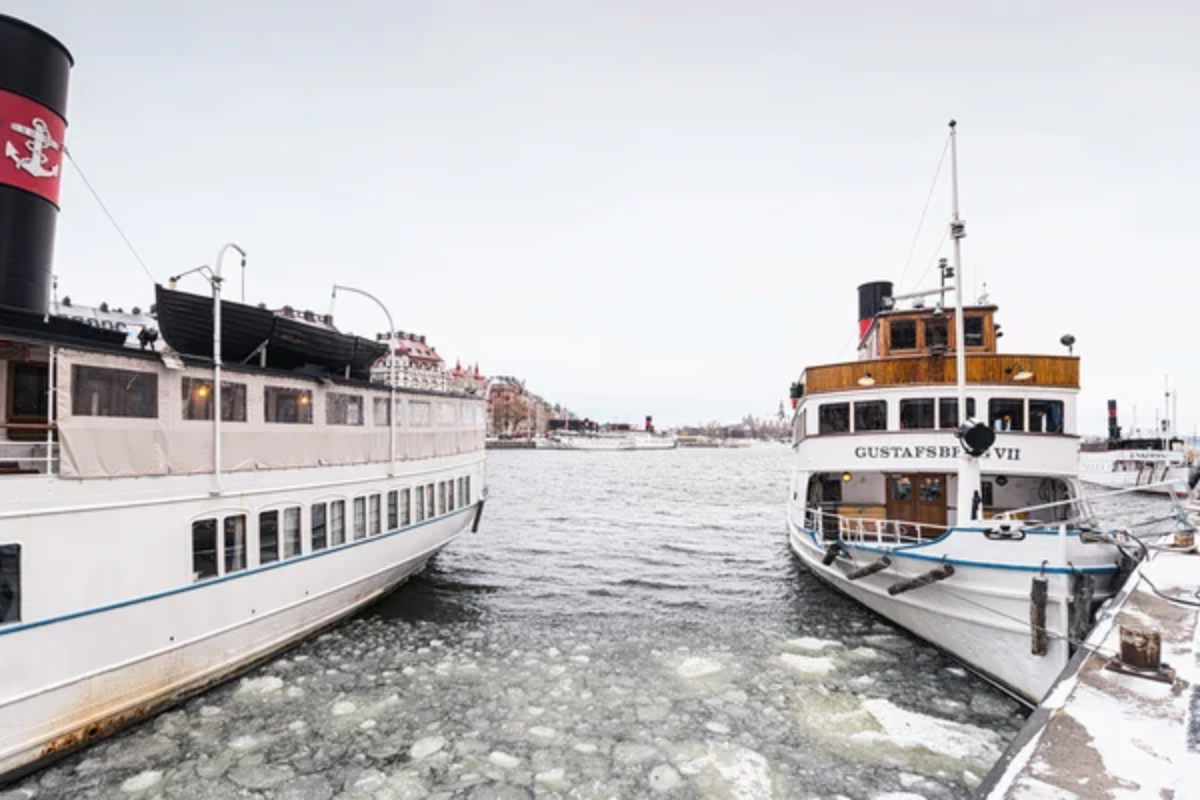
Cruise offerings fall off sharply during classic off-seasons when lines relocate ships to more appealing weather areas. Island hoppers visit destinations year-round, frequently at considerably discounted rates and with smaller crowds during shoulder seasons, but possibly encountering shuttered businesses or abbreviated transportation timetables.
Such seasonal flexibility provides independent travelers with opportunities to visit destinations during atmospheric times when cruise ships have left for other areas.
Local Connection Development

Cruise ships’ short port stops limit the potential for meaningful local interaction beyond service transactions. Island hoppers who spend several days in each location build rapport with guesthouse owners, local guides, and regular restaurant staff.
These acquaintances lead to invitations to family meals, local functions, or off-the-beaten-path locations rarely seen by cruise visitors during their brief stays.
Travel Narrative Uniqueness
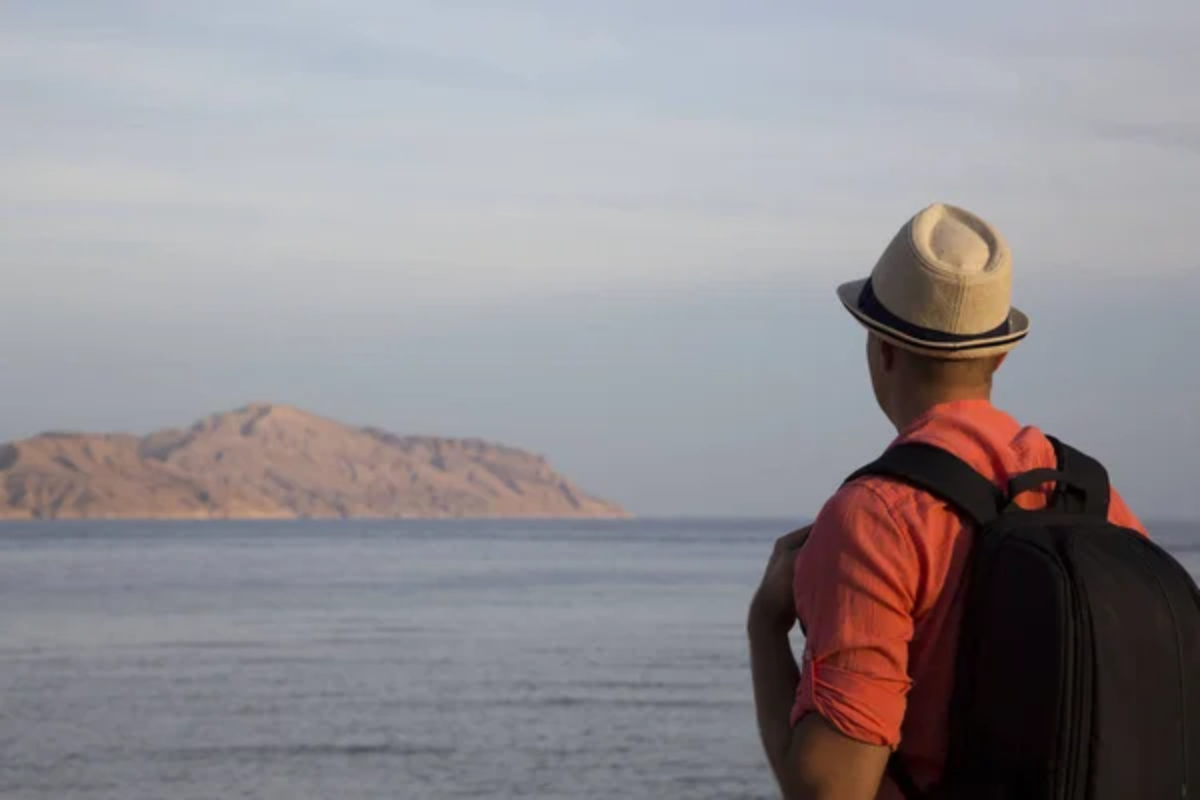
Cruise vacationers share standardized itineraries with thousands of others, making for enjoyable but fairly generic travel stories. Island hoppers construct personalized vacations with serendipitous discoveries, transportation adventures, and tailor-made experiences that make for distinctive travel stories.
The element of uniqueness is highly prized by experienced travelers who seek out stories and experiences beyond mass-market tourism models.
Like Travel Pug’s content? Follow us on MSN.
Finding Your Match
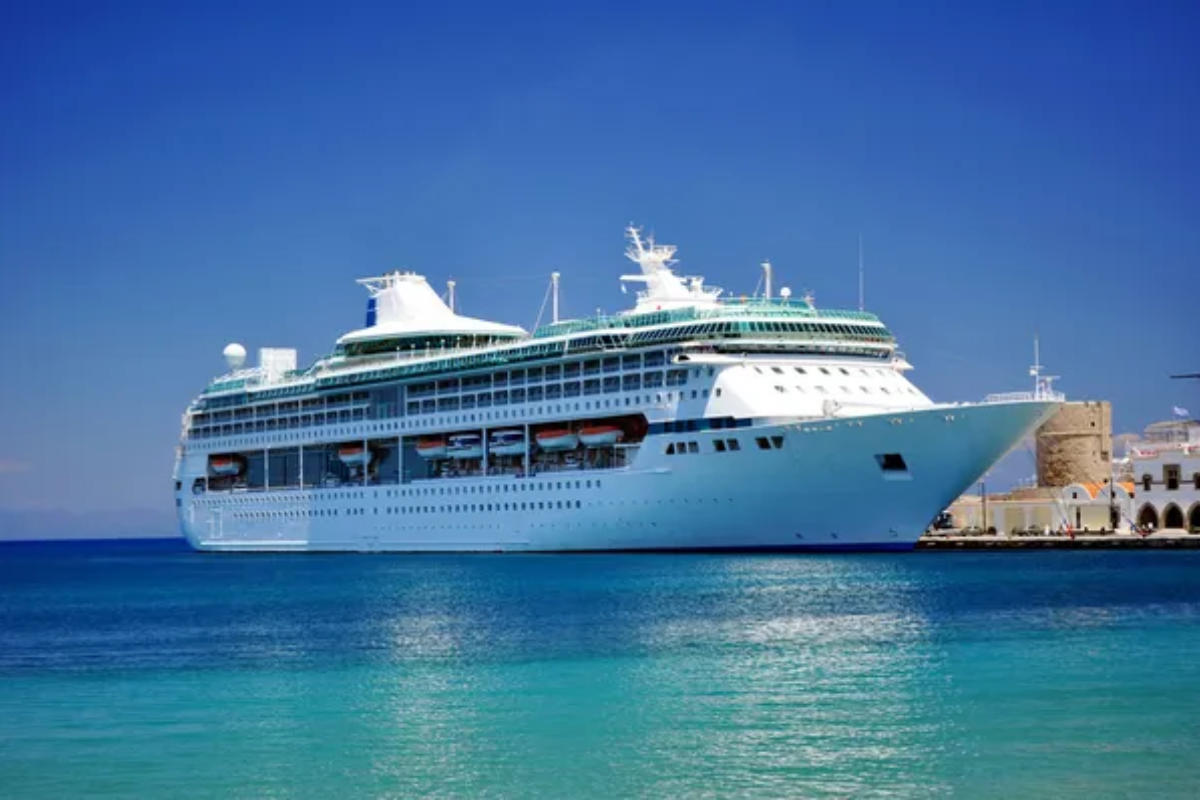
Neither mode of travel necessarily outperforms the other—they both have their own best ways of having outstanding island resort experiences based on what is most important. Cruise ships offer convenience, predictability, and stress-free logistics with very consistent experiences. Island-hopping offers more immersion, flexibility, and genuine local experience for the cost of more planning challenges.
The optimal decision finally depends on your values when traveling, levels of experience, and personal objectives for the trip. Even other travelers combine and alternate, taking cruises to scout out areas first and returning to preferred findings for longer solo stays – illustrating that such decisions can enhance as well as merely oppose each other.
More from Travel Pug

- 20 Destinations That Were Once Thriving but Are Now Quietly Disappearing
- 13 Destinations Where Tourists Regularly Regret Their Trip
- 20 Once-Popular Beach Towns That Are Now Ghostly Empty
- 10 Under-the-Radar Mountain Towns That Are Both Affordable and Beautiful
- Take a ‘Learning Vacation’ in These 20 Extraordinary Places
Like Travel Pug’s content? Follow us on MSN.
